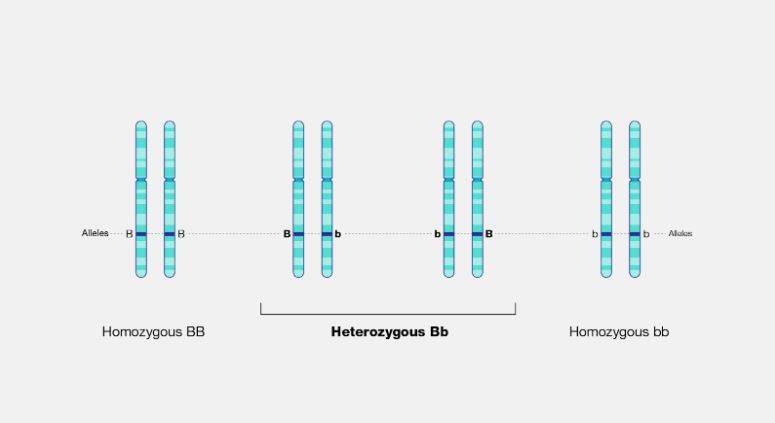Alleles Of Allegiance
Nov 08, 2022
1881 Views
Alleles have a way of expressing themselves. If you like Dr. Seuss like me, you will know what I am saying. An allele is one of two or more alternative forms of a gene that arise by mutation and are found at the same place on a chromosome. Ha! confused?
Essentially this word comes from the greek word “allel” which means “reciprocal” or “each other”- this means that sometimes this may result in different outward looks, and other times it may make no difference at all.
So why does this happen?
As you probably know, we inherit half of our DNA material from our mom and the other half from our dad. The DNA code that comes in 4 letters-(A, C, T, and G) codes for our DNA, and because our chromosomes come from both parents, there is a possibility of differences in the traits or characteristics in the offspring. These differences arise due to differences in the genotype and these different forms are called alleles.
Let me take one example of an allele that you may be familiar with. Our blood types are A, B, and O. While my blood type is A, and my husband’s is B, our daughters inherited both and they are both AB. So these would be alleles. Some of the other terms that you may come across when working with alleles are heterozygous and homozygous. While the terms may be a giveaway for some of you, sometimes it may be helpful to understand them through a diagram from the National Human Genome Research Institute(NHGRI) that clearly shows how genetic material is passed on.
So in this case, if you consider the alleles B and b representing some trait. Then there are several possibilities for the offspring. You can see that BB and bb are homozygous as “homo” means “same” and Bb and bB are heterozygous as “hetero” means “different”.
Over centuries, some traits have been found to be more favorable than others and have thus been dominating and others were found less frequently in specific populations. That is why bioinformaticians calculate allelic frequencies. We will get to that term later but we will touch upon another important aspect of alleles- Wild type or Mutant. Wild type conjures memories of wild grass. Wild grass survive even in difficult conditions and thus are frequently found in nature. It‘s the same with alleles. The wild type is more frequent and common. The other type of allele is mutant type which is abnormal or mutated. Over a period of time, terminologies may change, but that is the current nomenclature.
Now you are probably wondering if alleles have a role in diseases and drug responses as well?
Well absolutely yes, and that’s why discovering and decoding our genomes is very important in our quest for better health.
In 2012, I wrote a poem called Amorphous Alleles that probably summarizes this blog.
There was once a gene,
With oh! so many alleles
If you looked at one,
You hoped to run,
Unlike the other one,
Who seemed to have fun?
**
It was just another day,
I met them both on the way,
They came to a locus,
And fought till they went out of focus,
Where the dominant one won,
In the heterozygous race that had begun,
Yet the recessive one smiled,
Its phenotype was being filed,
For the future to come.
**
The future it came,
Where the wild one was tame,
And the mutant was the one,
That changed the game.

